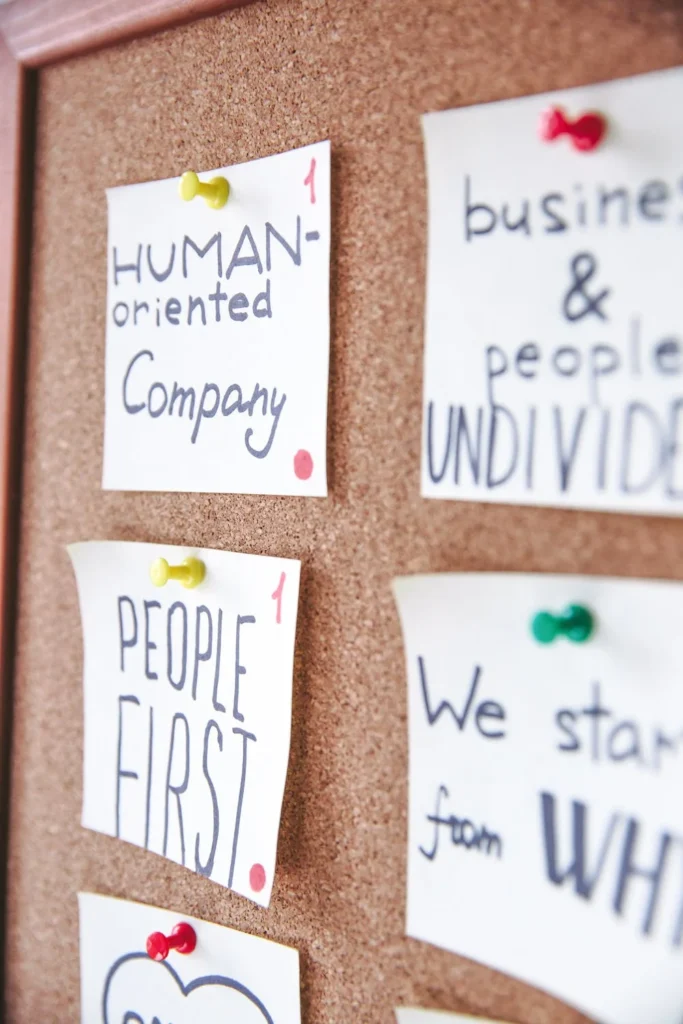Designing for long-term learning involves creating learning programs and resources that support the retention and application of knowledge over an extended period of time. This can be particularly important in situations where learners need to apply their learning on the job, or where the subject matter is complex or requires ongoing practice and reinforcement.
New to instructional design? Start here.
There are several strategies and tips that organizations can use to design effective long-term learning programs:
Use a Variety of Learning Methods
There are many different types of learning methods that educators and trainers can use to support long term learning and development, including:
-
- Instructor-led lectures, demonstrations, workshops, or other interactive activities.
- Online self-paced e-learning courses, webinars, or virtual instructor-led.
- Hands-on lab sessions, role-playing, or other interactive activities.
- Collaborative learning, group projects, online discussions, or other interactive activities.
- Problem-based learning, case studies, simulations, or other interactive activities.
- Experiential learning, field trips, internships, or other real-world experiences.
Encourage Ongoing Learning and Development
Encouraging learners to continue learning and developing their skills after the initial learning program is over can help to support long-term learning. This might involve:
-
- Providing later access to learning resources through such as e-learning courses, webinars, and online communities.
- Encourage learners to set learning goals and develop a personal learning plan to motivate them to continue learning and developing their skills.
- Provide professional development opportunities, such as training programs, workshops and conferences.
- Recognize and reward learning and development efforts.
- Encourage a continuous improvement mindset within the organization.
Use Spaced Repetition
Spacing out learning activities over time can help to support long-term retention of knowledge. This might involve incorporating review sessions or activities into the learning program, or providing learners with resources to review and practice on their own.
Provide Ongoing Support and Feedback
Providing learners with ongoing support and feedback can help to reinforce learning and encourage long-term retention. This might involve offering coaching, providing feedback on performance, or offering additional training and resources as needed.
Conclusion
Overall, designing for long-term learning involves creating learning programs and resources that support the retention and application of knowledge over an extended period of time. By using a variety of learning methods, encouraging ongoing learning and development, using spaced repetition and providing ongoing support and feedback, organizations can design effective long-term learning programs that drive performance and support the ongoing development of their employees.
